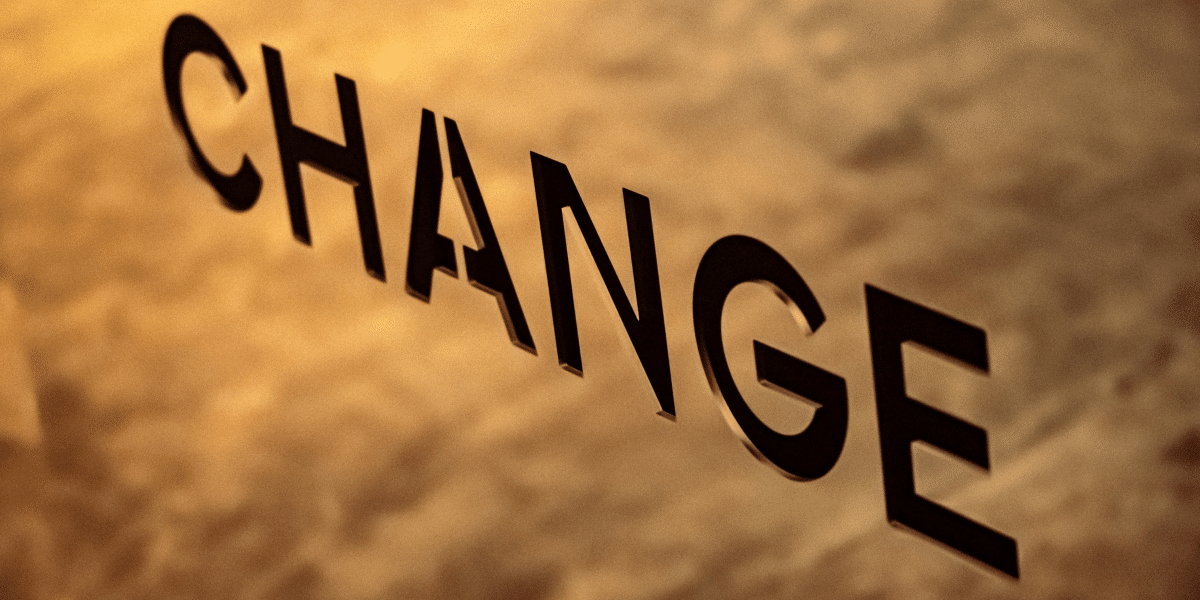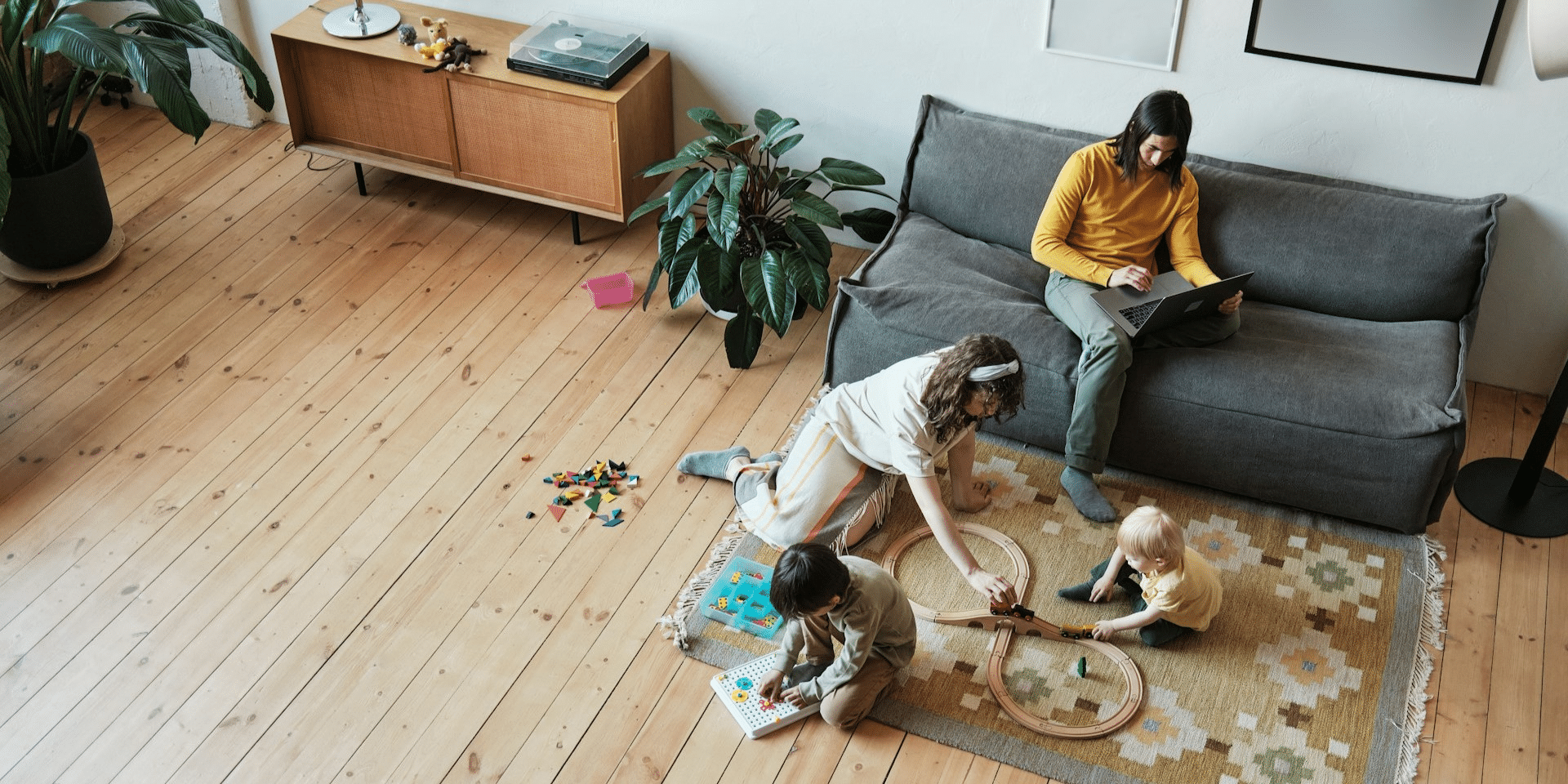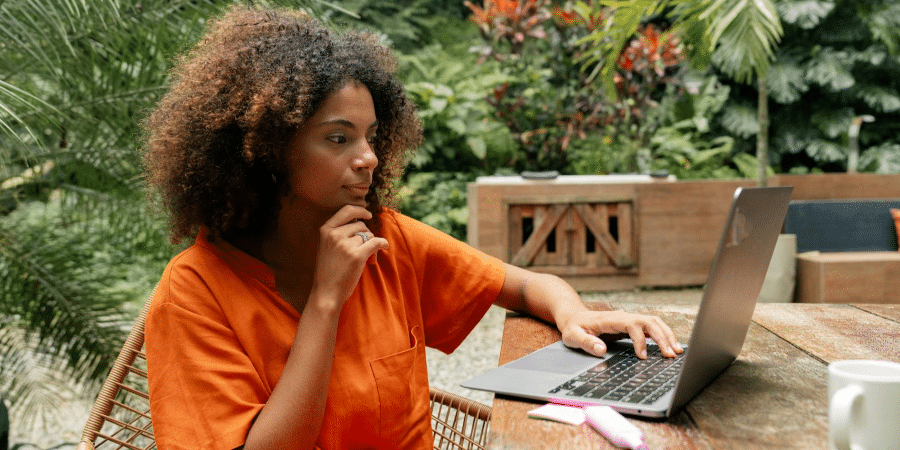Yoga is an age-old practice that traces its origins to ancient India. It’s a comprehensive approach that combines physical postures, breathing techniques, meditation, and ethical precepts. The core idea of yoga is to promote harmony between the mind, body, and spirit. Its popularity has soared globally, with millions embracing yoga for its health benefits, stress reduction, and potential for spiritual growth. Yoga is about creating balance in one’s life and learning to extend that balance to others.
The physical aspect of yoga, known as ‘asana,’ is often the starting point for many. These postures range from simple to complex and are designed to improve flexibility, strength, and balance. But yoga isn’t just about bending and twisting; it’s also about steadying the mind and enhancing mental clarity through focused breathing or ‘pranayama.’ The practice encourages mindfulness and can lead to a more centered life on and off the mat.
Key takeaway: Yoga is more than a series of poses; it’s a path to a balanced and mindful existence, integrating physical health with mental well-being.
Understanding Yoga
Yoga is a comprehensive discipline in ancient India, embracing physical postures, breath control, and meditation. It has evolved into various styles and philosophies, each offering unique benefits to physical and mental well-being.
History and Origins
Yoga’s roots can be traced back over 5,000 years in ancient India, first mentioned in sacred texts called the Vedas. Key developments include:
- Vedic Yoga: Revolved around ancient rituals and ceremonies, aiming at spiritual growth.
- Pre-Classical Yoga: Expanded through the Upanishads and Bhagavad Gita, highlighting meditation and morality.
Styles and Philosophies
Several main yoga styles exist, each with a distinct focus:
- Hatha Yoga: Emphasizes physical postures (asanas) and breath control (pranayama).
- Raja Yoga: Also known as “royal yoga”, focuses on meditation and adherence to eight limbs as outlined by Patanjali.
- Bhakti Yoga: The path of devotion, expressing love for the divine.
Key takeaway: Different yoga styles suit various interests and goals, offering a unique blend of practices for self-improvement.
Physical and Mental Benefits
Both science and experience have confirmed yoga’s benefits:
- Physical: Increases flexibility, improves balance, and strengthens muscles.
- Mental: Reduces stress, enhances concentration, and promotes mental clarity.
Key takeaway: Regular yoga practice leads to significant improvements in both physical health and mental resilience.
Practices and Techniques
Yoga is a practice that encompasses a variety of techniques, each contributing to the well-being of both body and mind. This section focuses on the core elements: asanas, pranayama, meditation, and daily integration strategies.
Basic Asanas and Postures
Yoga poses, or asanas, serve as the building blocks of the practice. They improve strength, flexibility, and balance. Crucial postures include:
- Tadasana (Mountain Pose): A foundational standing pose that instills balance and aligns the body.
- Adho Mukha Svanasana (Downward-Facing Dog): A pose that stretches the hamstrings and calms the mind.
Key Takeaway: Mastering basic postures is vital for a safe and sustainable yoga practice.
Breathing Exercises and Pranayama
Breath control, known as pranayama, is essential in yoga. It enhances lung capacity and mental focus. Examples of pranayama techniques are:
- Anulom Vilom (Alternate Nostril Breathing): Balances the body’s energy channels.
- Kapalbhati (Skull Shining Breath): Invigorates the mind and cleanses the respiratory system.
Key Takeaway: Regular pranayama practice can lead to profound inner peace and improved vitality.
Meditation and Mindfulness
Meditation and mindfulness bring about mental clarity and stress reduction. They involve:
- Focusing on the breath or a mantra.
- Observing thoughts without attachment.
Key Takeaway: Incorporating meditation into your routine can enhance cognitive functions and emotional balance.
Integrating Yoga into Daily Life
Yoga transcends the mat; it’s a lifestyle. Strategies for integration include:
- Starting the day with a short Sun Salutation sequence.
- Using mindful breathing during stressful situations.
Key Takeaway: Small, consistent changes can embed the principles of yoga into everyday life, promoting overall well-being.
Published by: Martin De Juan











